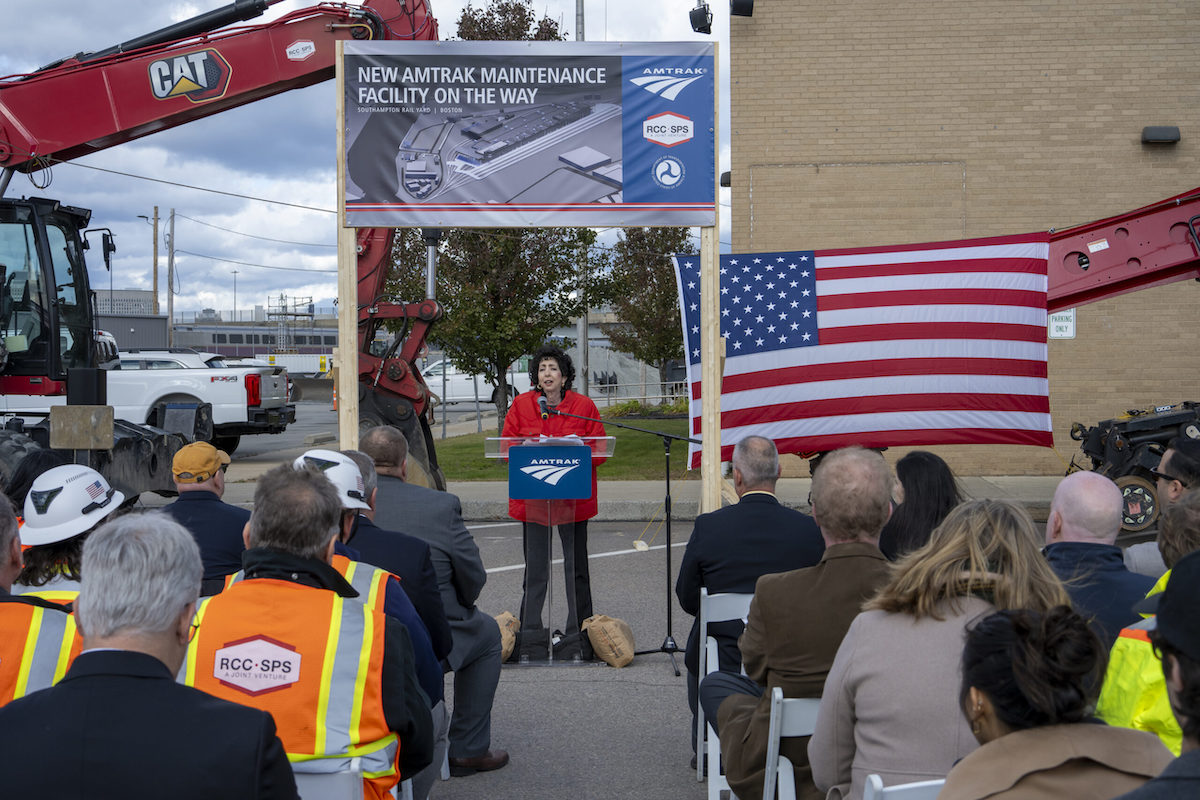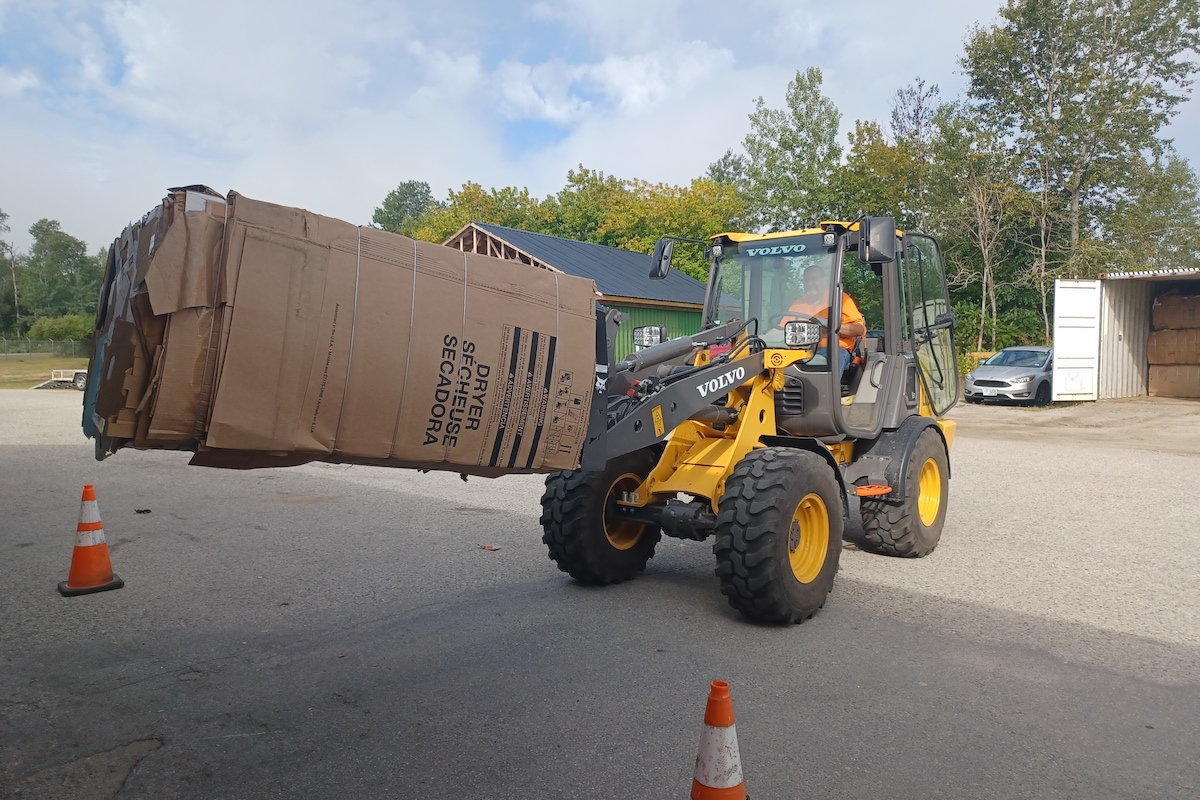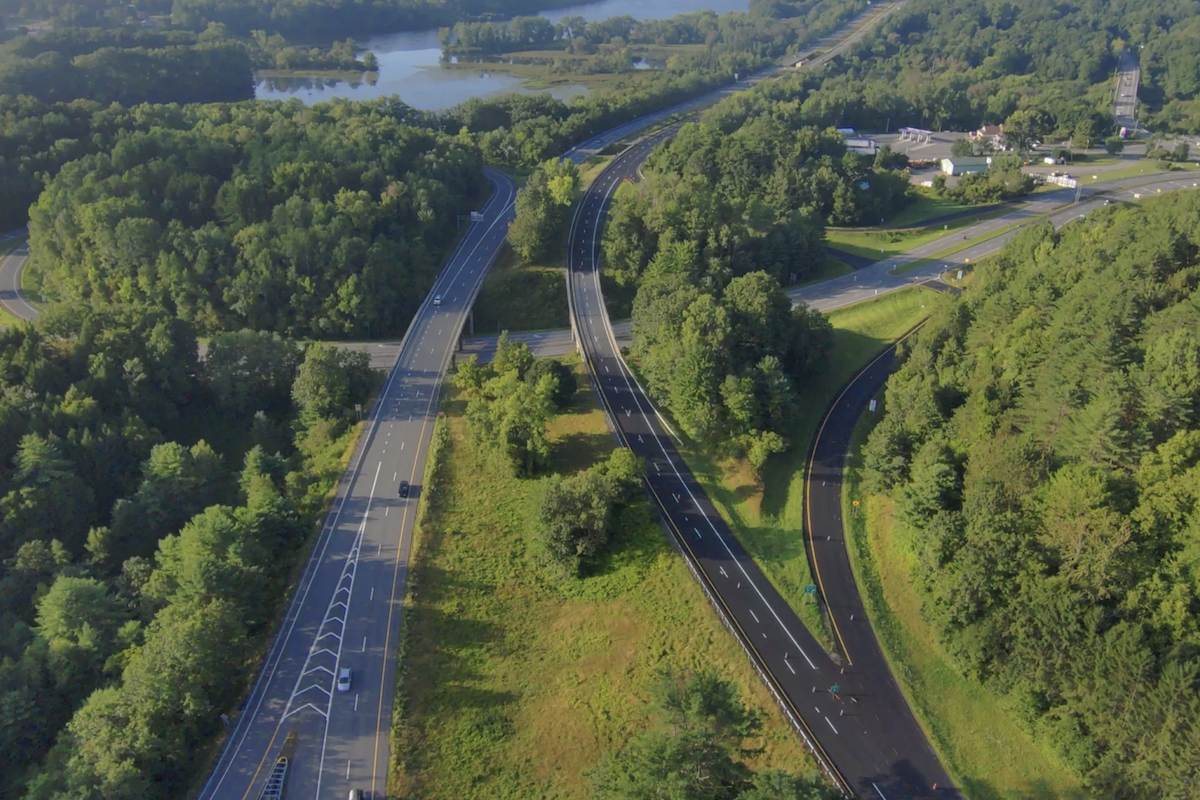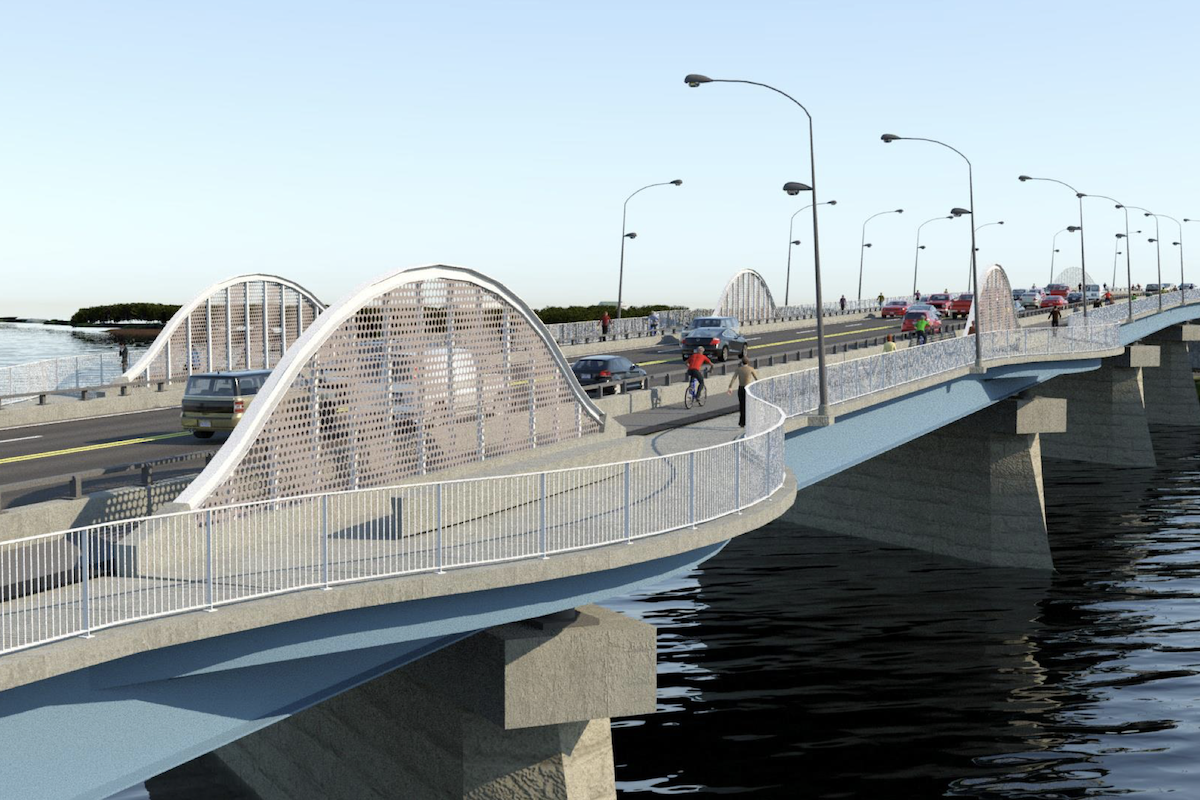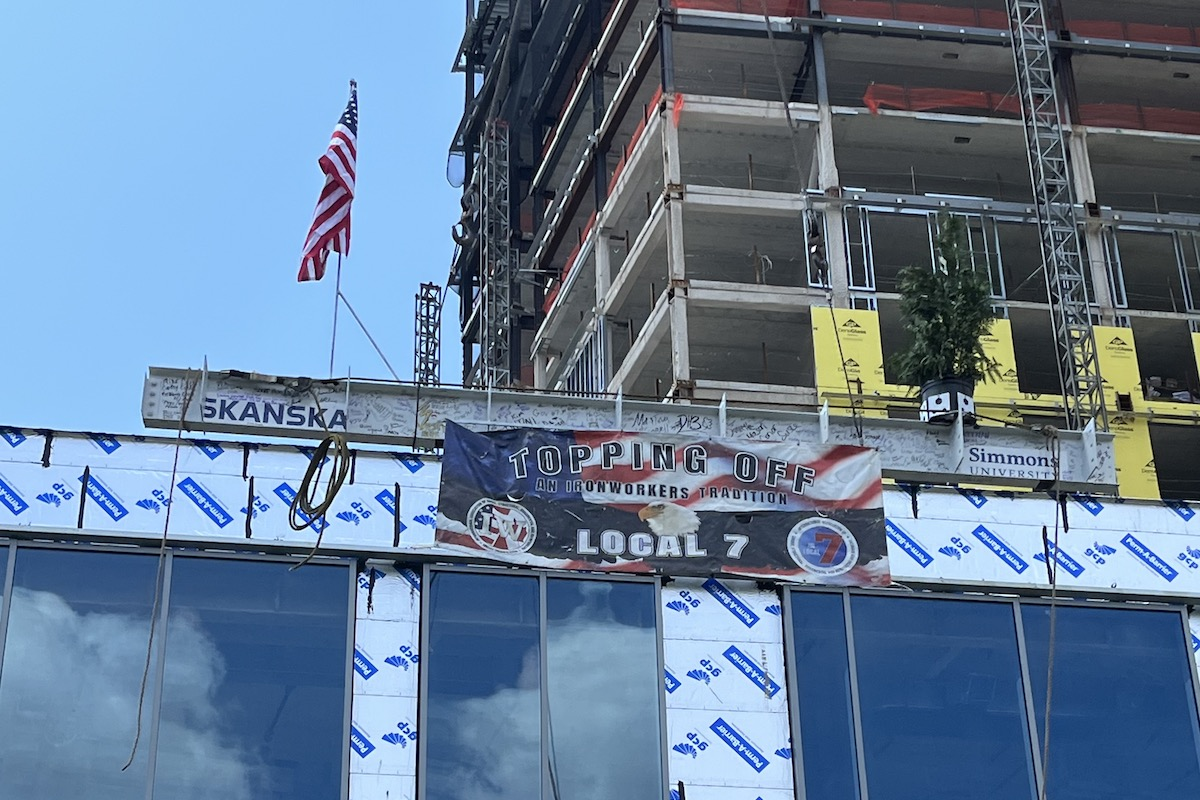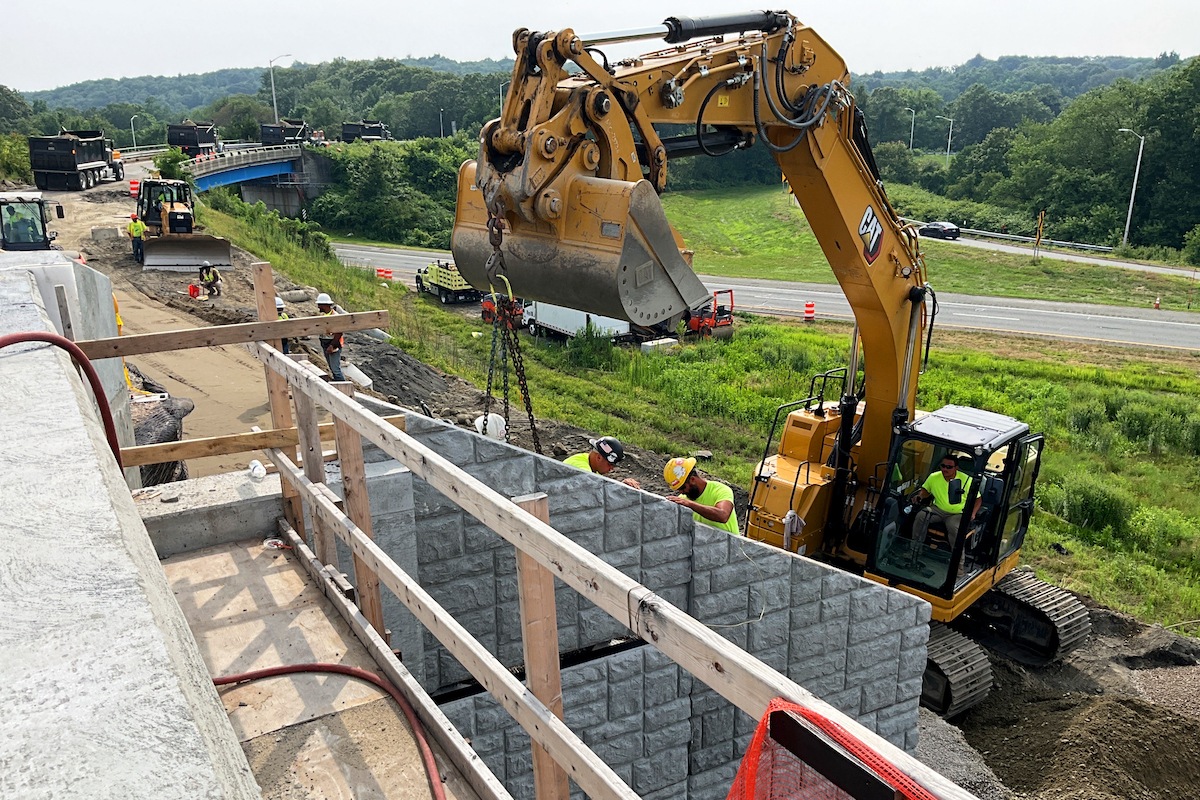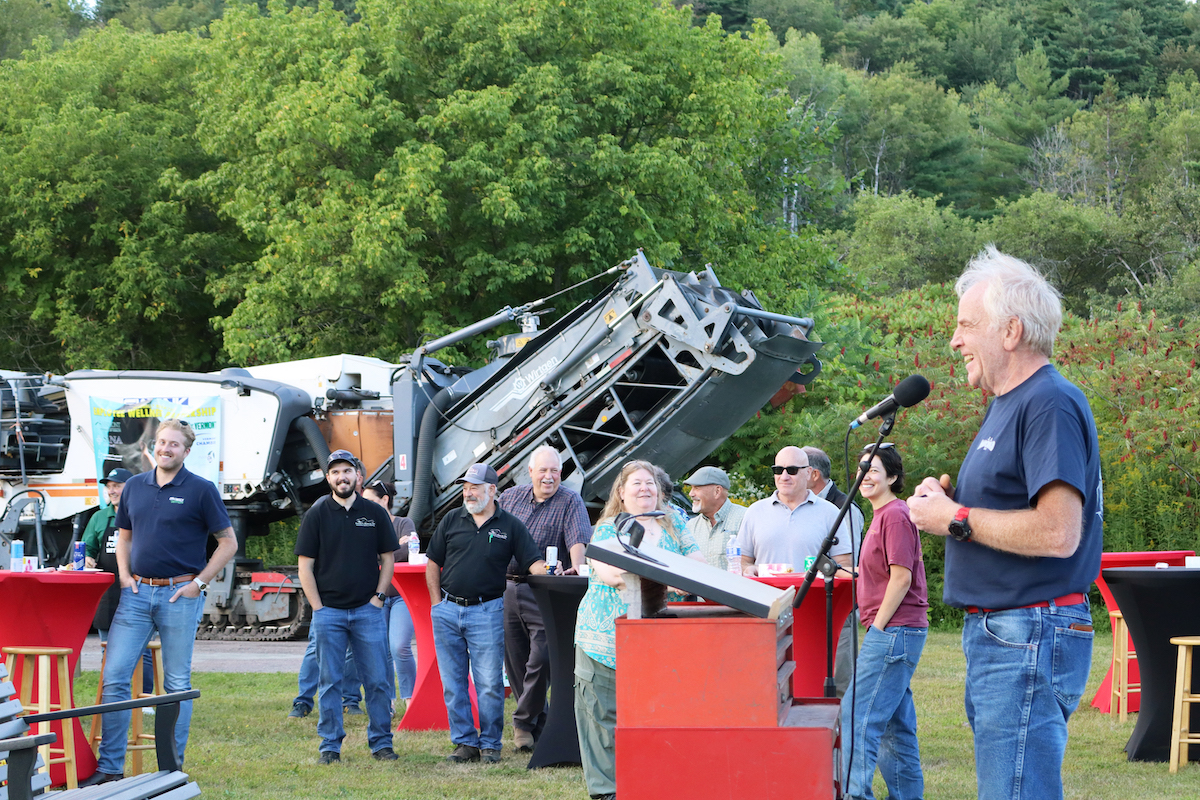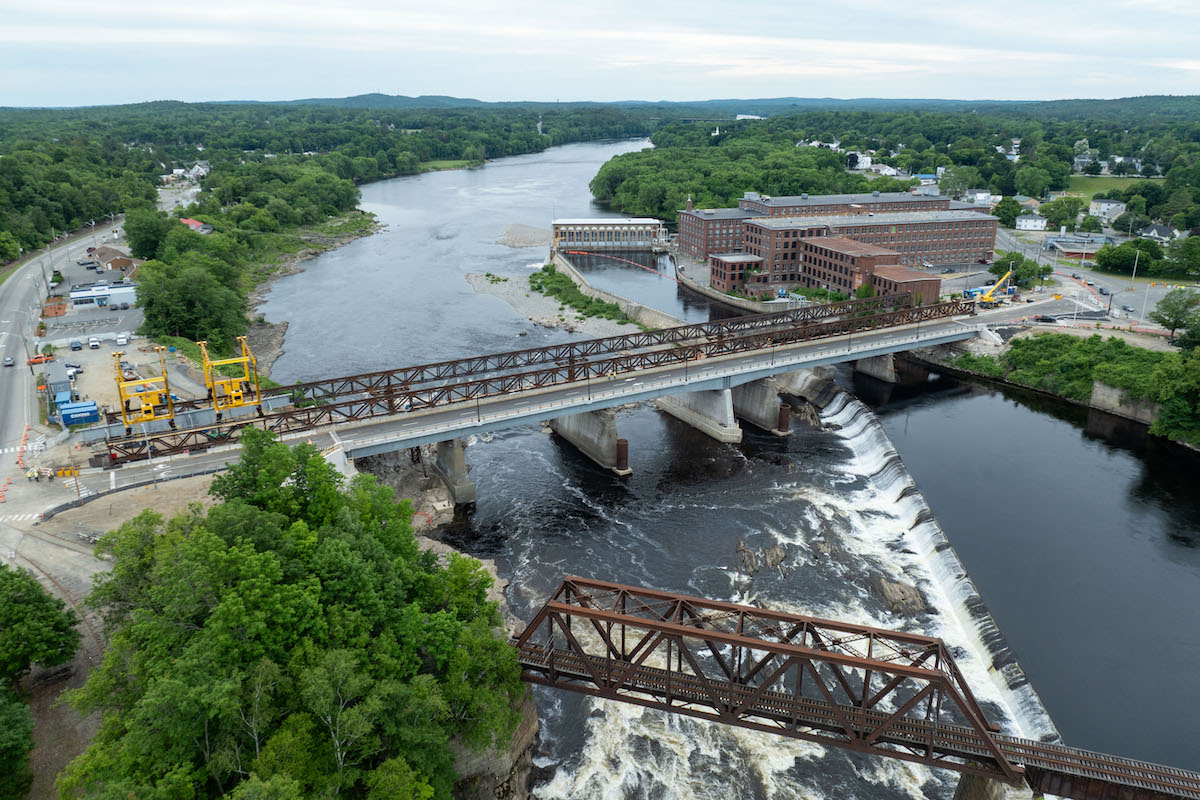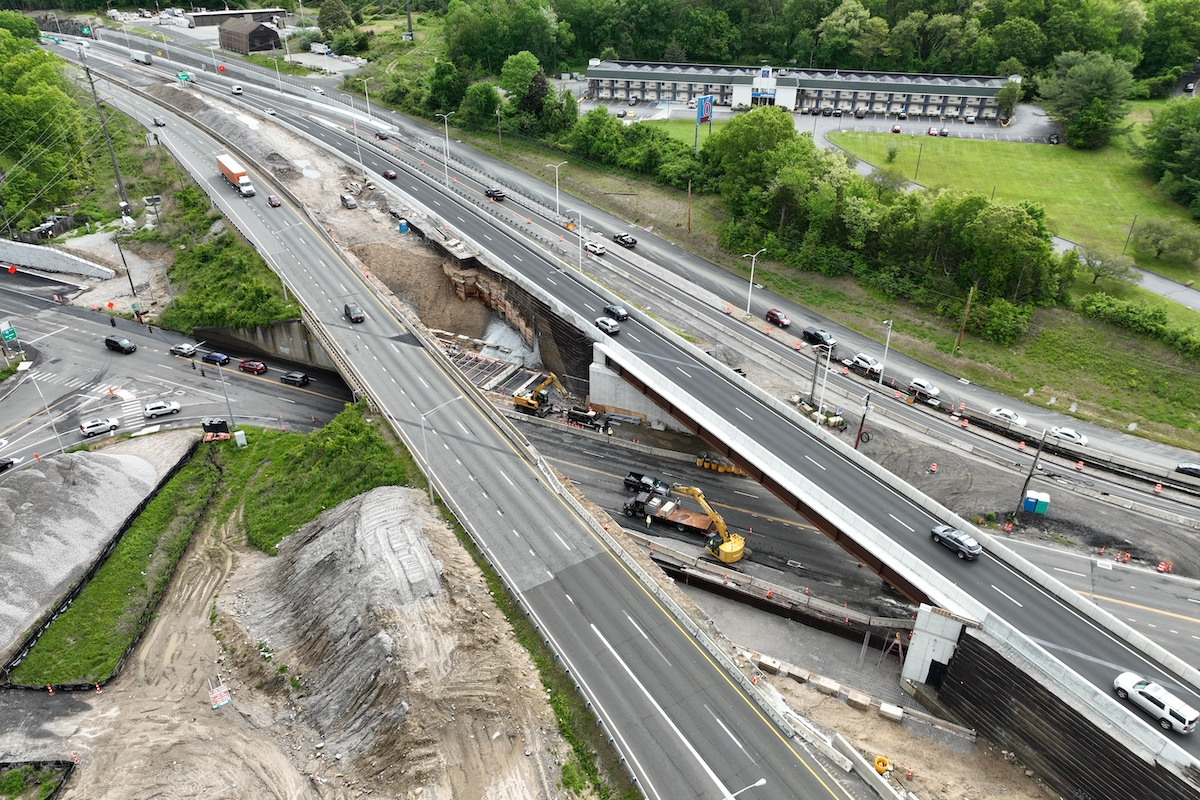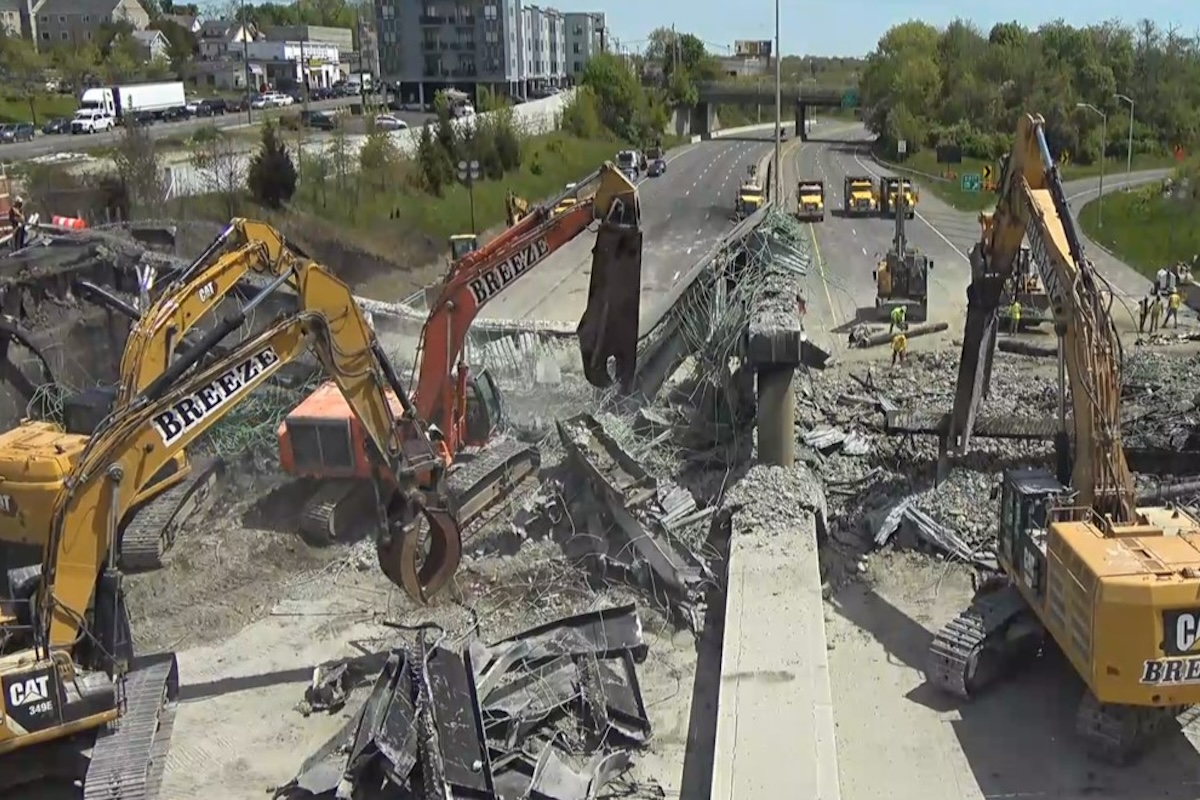When an architecture, engineering, and construction (AEC) firm is awarded a major contract to repair natural disaster-related damage, it’s more than just a business opportunity — it’s a responsibility that requires careful, empathetic communication with the affected community.
Many heavy civil and transportation infrastructure contractors have a comprehensive rapid response protocol they implement each time a snowstorm or hurricane is forecast to impact their market. They preemptively position crews in nearby areas and divert resources to regions that may be affected for quick response. Yet, fewer firms have an emergency communications framework integrated into their overall natural disaster response plan.
An emergency communications plan focused on rebuilding community rather than touting a new contract award is key to maintaining client and public trust.
Some contractors may default to complete radio silence during a crisis, but that can be perceived as insensitive or unaware. Silence invites speculation and leaves others to presumptively fill in the blanks about what you stand for or, worse, spread rumors that tell your side of the story for you, no matter how inaccurate. Basic acknowledgment of the situation is vital and human. So, where to begin?
Develop an Internal Communications Game Plan

| Your local Esco Corporation dealer |
|---|
| Genalco |
Before an emergency scenario arises, establish an internal review process of all communications to ensure accuracy and avoid spreading misinformation mid-crisis. What is the chain of command for approvals? Who is the designated spokesperson?
In addition to executive leadership involvement, project managers should be included so any shared project details are accurate and help inform the public. Health, safety, and environment staff should also review images you supply to the media for potential Occupational Safety and Health Administration violations.
In the event of a major disaster and subsequent high-profile emergency response contract, communications teams should be prepared to field a high volume of media requests from local and national outlets. To stay organized, track the outlet name, reporter or editor’s contact information, requested deadline, interview availability, interview questions, and the subject matter expert you will assign to respond to each inquiry. This ensures no request falls through the cracks.
In addition, be prepared to document emergency response efforts (before, during, and after) via photos and videos for future use in marketing collateral.

| Your local Hyundai dealer |
|---|
| Equipment East |
Prepare Holding Statements
If a contractor is preparing their response post-disaster, they are already at a disadvantage. Preemptively crafting holding statements in case of last-minute media inquiries fast-tracks responses. It also ensures executive leadership can review all messages in advance to avoid blunders that can occur when communicating urgently.
This holding statement example demonstrates a firm’s preparedness without divulging too many details, and it is general enough to use for various scenarios: “[Contractor name] is closely monitoring the impacts of [Hurricane XXX or XXX blizzard] and is prepared to respond in support of any repair and relief efforts. We are coordinating closely with the [state name] Department of Transportation and other state agencies to mobilize as needed. In the meantime, we defer to [XDOT] and local officials for timely updates.”
A statement like this can help build community trust.

| Your local Trimble Construction Division dealer |
|---|
| SITECH Northeast |
Review Prescheduled Marketing Content
Before an anticipated natural disaster, contractors should pause unrelated, prescheduled email marketing and social media content to avoid publishing something insensitive, like an industry award win, amid the crisis.
However, it is advised to share an update from operations leadership about job site or office closures to keep employees and the public informed. Companies can also share information on any disaster relief efforts they will be coordinating or participating in to support those affected, as it reinforces the contractor’s position as a community partner.
If a contractor is engaged for critical emergency repair work in the aftermath of a natural disaster, they may choose to share a quick update that aligns with the owner’s messaging and takes a tone of informing the public. To maintain a good relationship with the project owner, run all communications by them for final approval.

| Your local Volvo Construction Equipment dealer |
|---|
| Tyler Equipment |
Contractors can also prepare a brief statement announcing the new contract that keeps the focus on the directive, such as this: “At the direction of the [state name] Department of Transportation, [contractor name] is mobilizing crews to respond to damage in [location]. [Add other details if appropriate.] In the meantime, we defer to [owner] and local officials for timely updates.”
The significant national exposure a high-profile emergency contract garners can catapult a heavy civil contractor into the ranks of industry giants. However, it can also put a considerable strain on operational resources. Although contractors may want to capitalize on these opportunities, they should consider ways to efficiently fulfill media requests so project managers can focus on the critical repairs.
For instance, not all media outlets may require an in-person or Zoom interview. Those should be reserved for high-profile publications. You can organize media requests by tiers, considering the outlet’s audience size and demographics (i.e., owners, engineers, the general public), to identify which align best with your company’s business development plan. This tiered approach allows marketing teams to prioritize which media requests to pursue and at what level.
For smaller publications, marketing teams can hold a brief input call with the division or project manager to gather important project information like the scope, community impact, challenges, innovative strategies, and timeline. They can then use that interview transcript to prepare a background document with project details. Once the appropriate individuals review and approve the document, the messaging can be distributed to smaller publications in the form of written questions and answers for them to reference. This approach efficiently shares information while potentially securing additional media coverage with minimal effort.

| Your local Wirtgen America dealer |
|---|
| United Construction & Forestry |
| WI Clark |
Critical emergency repair work is often scrutinized and performed under the watchful eyes of the owner and the public. Each expects transparency and to remain informed throughout the project lifespan. Long after the news cycle has moved on and broadcast news crews disappear, contractors should continue informing stakeholders of long-term repair progress, as it demonstrates their commitment to the community.
Identifying upcoming major milestones and preparing press releases to distribute when the project team meets them maximizes visibility and impact. Following up with any publications that published the initial project announcement can also help secure additional features and build valuable relationships with journalists and editors.
Another way to maximize news coverage is to repurpose project features into case studies, thought leadership articles, speaking engagements, and future awards submissions. This holistic, forward-thinking approach to crisis and emergency communications ensures contractors capitalize on the visibility of critical repair work and solidify their reputation as emergency response leaders.
In the wake of disasters like recent Hurricanes Helene and Milton, emotions run high and public trust can be fragile. Ultimately, how an AEC firm communicates with the public can significantly influence a project’s perceived success and the firm’s relationship with the community and project owner.

| Your local Case Construction Equipment Inc dealer |
|---|
| Beauregard Equipment |
| Monroe Tractor |
Of course, each scenario is unique, and the above is a basic framework, not a comprehensive game plan. However, a universal truth remains: Silence is not golden in a crisis.
Emergency communication plans can be both strategic and empathetic; they are not mutually exclusive. Successfully executing a cohesive plan can favorably position a contractor for more emergency response work in the future and, more importantly, demonstrate its core values. After all, what are core values if you don’t live them out? And what good is that message if you don’t communicate it?
As Vice President of Client Services, Steven Gallo leverages his journalism background and marketing expertise to lead the award-winning team at Reputation Ink, a marketing and public relations agency focused on business-to-business professional services firms. Gallo currently serves as President-Elect for the Society for Marketing Professional Services North Florida chapter. He can be reached at steven@rep-ink.com.














